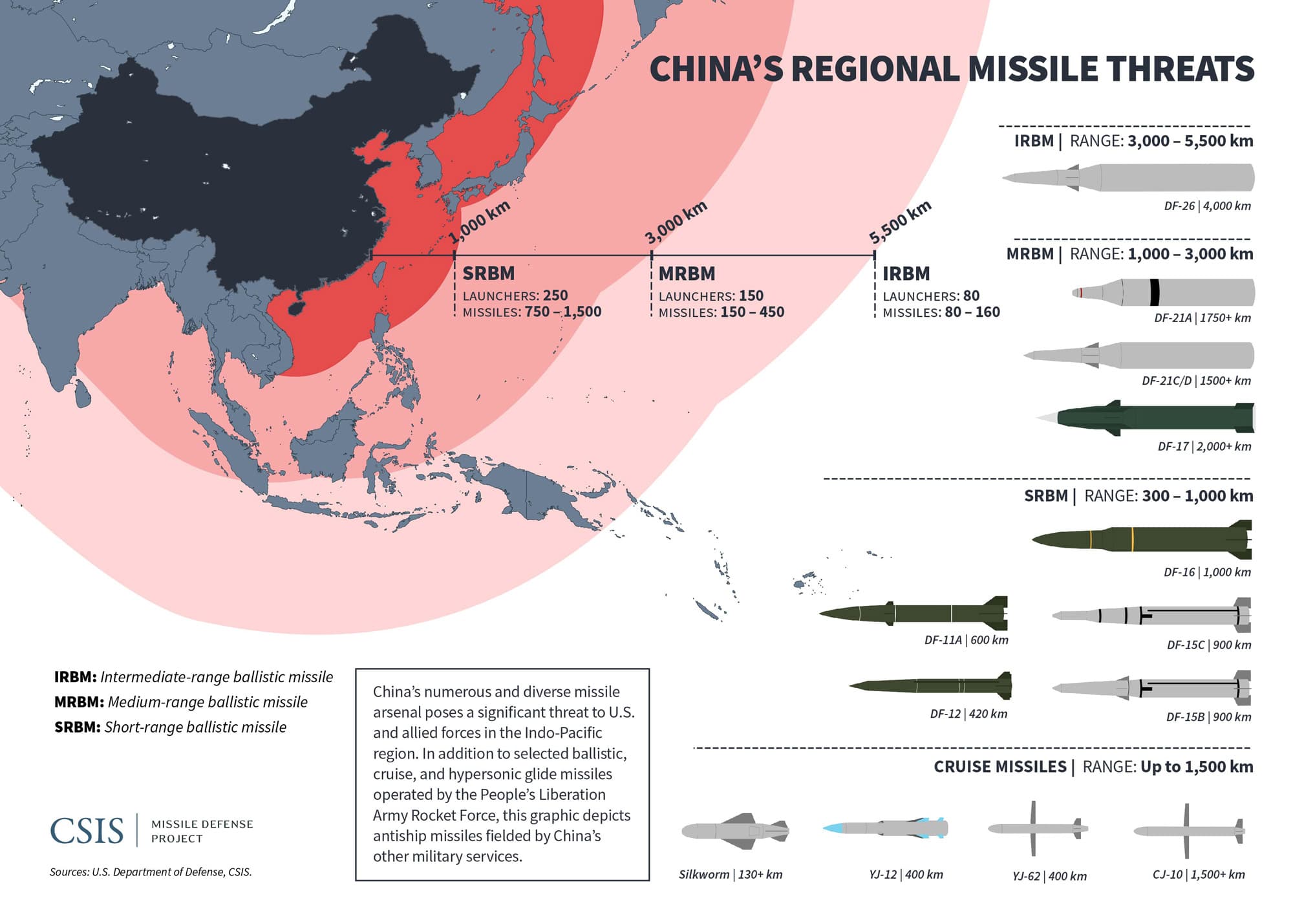Shanlung
Full Member
- Nov 21, 2018
- 1,309
- 1,812
- Country of Origin

- Country of Residence

What China just did to the U.S. Military is SHOCKING and Taiwan is Doomed
The U.S. military is on high alert as recent military drills by China's Peoples Liberation Army have revealed that a war over Taiwan would only last 15 minutes. This video breaks down everything you need to know about how we got to this dangerous point in US-China relations.
Source:
https://youtu.be/rctYm6uIhB4
https://youtu.be/rctYm6uIhB4










